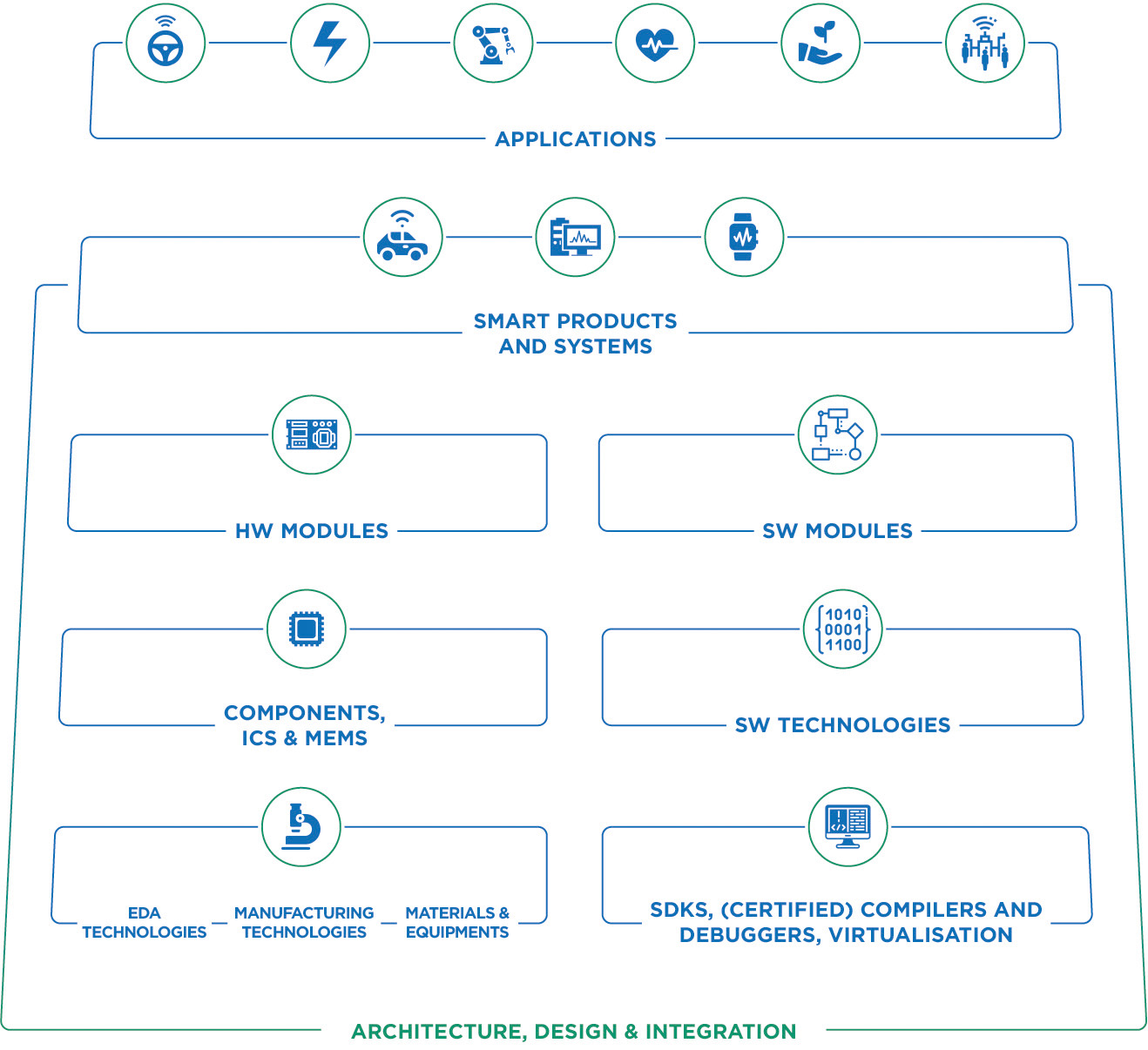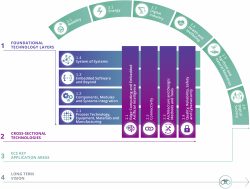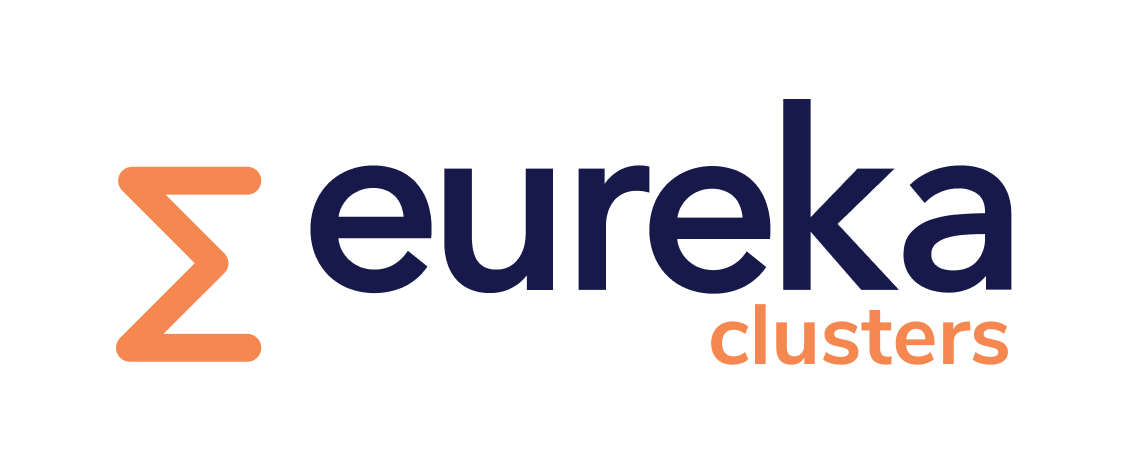- ECS community
- ECS value Chain
- Technological challenges
Electronic components & systems, and micro- and nanoelectronics based systems and applications, are now the cornerstone of economic and societal development. To keep ahead in global markets, a solid understanding of rapidly changing needs, together with the establishment of innovation and exploitation ecosystems involving all relevant stakeholders, is essential
Co-operative research, development and innovation projects offer the pre-competitive environment to create confidence and build the necessary European and Global alliances that will fully take advantage of these opportunities
Xecs will put in place activities specifically designed to ensure maximum inclusivity across all relevant organisations, with an extra focus on SME’s. The intent is to create an open and vibrant XECS Community within which the extensive capability that is present across Europe and the Eureka network can be showcased and activated
As a result, all organisations in the ECS community, supported by programmes like Xecs, will underpin the digital transformation of our economy and society – with a specific focus on accomplishing this in a sustainable manner
With a focus on impact through applications, Xecs projects will bring together partners, large and small, from all along the ECS value chain into RD&I innovation ecosystems. By forming these project ecosystems using complementary partners, all aspects of expertise required to meet and exceed the stated project goals can be brought together into a single project.

The technical direction of Xecs is strategically guided by Industrial Associations (AENEAS, Inside, EPoSS and others as needed) to explore and open avenues of possible future developments with large added value. Detailed technology and application roadmaps are provided by the ECS Strategic Research & Innovation Agenda covering the key areas of:
Foundational Technologies
The foundational Technology Layers and their technical challenges along the technology stack, from materials and process technologies to components, modules and their integration into electronic systems, embedded software technologies, to full Systems of Systems (SoS) are characterised by hierarchical dependencies due to the inherent nature of ECS and the way they compose and integrate in complex structures. Advances in all Foundational Technologies is essential to create new electronic chips, components modules, systems SoS along the value chain. The foundational layers represent a very fertile ground where new interdisciplinary technologies, products and solutions can grow.
The foundational technologies are then complemented by four Cross- Sectional Technology sections that focus on transversal areas of scientific research and engineering, where innovative results emerge from the joint contribution of the foundational layers to those specific areas.
Cross Sectional Technologies
Artificial Intelligence on the edge or hyperconnectivity (e.g. 5G to 6G) will require new integrated circuits to develop innovative electronic components that can be used to develop smarter and more connected components, modules and entire systems, running smart software that will offer new functionalities and capabilities. That will allow these systems to interact, cooperate and merge in larger SoS. Similarly, ‘Architectures and Design: Methods and Tools’ have to be further developed to provide support to each foundational layers, covering all domains along the technology stack. The same applies to ‘Quality, Reliability, Safety and Cybersecurity concepts that can only be addressed successfully if they are encompassing the whole ECS process flow along the entire value chain. The innovation generated by these cross-sectional technologies will be applied across foundational layer stacks, and amplify the effect of innovation in all ECS application domains.
Key Application Areas
Six application sections describe the challenges arising from specific ECS application domains that are key for European, and identify the R&D&I efforts required by these application domains as regards ECS.
Long Term Vision
The Long Term Vision is shaped by three main factors: technology, application domains and policies. Clearly, all factors are drivers of innovation, because anticipated technological advances lead to innovative applications of these advances and user needs lead to technological innovations that enable these needs. At the same time, policies and politically established goals and processes lead technologies and applications towards common goals and targets such as the goals of the Green Deal and the European industrial competitiveness. It is apparent that each of these factors motivates, shapes and initiates innovation efforts at many levels.

Source: ECS-SRIA 2023
Full details are provided in the ECS Strategic Research and Innovation Agenda



